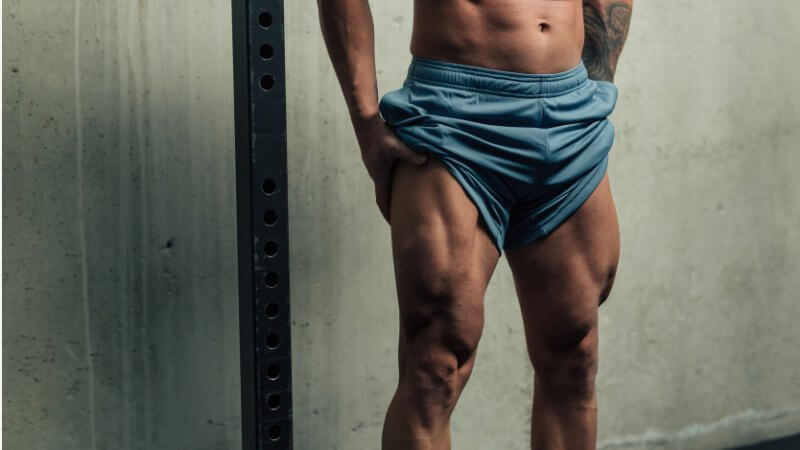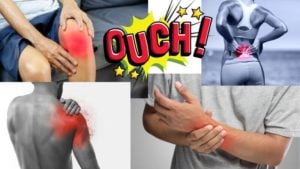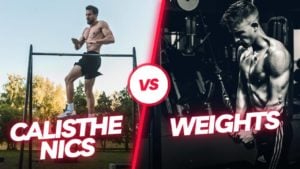Why is it difficult to build big legs with calisthenics?
Building leg muscles through calisthenics can be challenging because basic calisthenics exercises rely on the body's own weight for resistance and the leg muscles are already used to bearing this weight during everyday activities such as walking or running. This is why for example doing bodyweight squats or lunges might not be sufficient to provide the legs with enough resistance to stimulate muscle growth.
Leg muscles are some of the largest muscle groups, and building significant mass here requires a high volume of work and progressive overload. This can be hard to achieve with only bodyweight exercises. Genetics also plays a significant role in how easily someone can build leg muscle.
Calisthenics is a great way to build muscle, especially for the upper body. It needs more focus and attention but it is possible to build strong and muscular legs with bodyweight training if the exercises are performed with proper form, intensity, variation and volume. To achieve all-round leg muscle growth, you should incorporate exercises that engage all the major muscles in the legs, such as the ones you can find at the end of the article. Pay attention to gradually increasing the difficulty of the exercises by adding resistance or moving to a more advanced variation - we call this progressive overload. Combining calisthenics with weight training can also be an effective way to build leg muscle mass.
Combining weight training with calisthenics is necessary to achieve significant mass
As we said, you can develop aesthetic legs and well-defined leg muscles with pure calisthenics training. If your goal is to achieve the looks of bodybuilders, you will need to look for something beyond pure bodyweight training - especially when it comes to the legs.
Weighted calisthenics
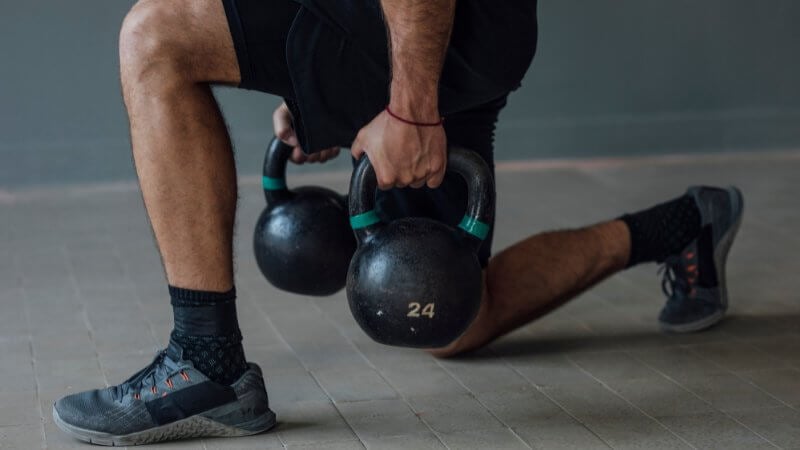
Drawing the line between weight training and calisthenics can be tricky. In my view, any movement that requires you to lift your own bodyweight - even with extra resistance such as weight or resistance band added to it - can be defined as calisthenics. For example if you put on a weight vest and do pull ups and dips, it is still considered calisthenics. Similarly, if you grab a weight plate or kettlebell and do a goblet squat - I still consider this calisthenics.
With exercises such as weighted bulgarian split squats and goblet squats it is possible to optimize a training routine for hypertrophy of the leg muscles.
Best calisthenics leg exercises
The following exercises are ranked from easy to more difficult. Most of them are compound, multi-joint movements but I tried to group them based on the primary muscle engagement.
Feel free to grab some of the exercises on the list and build your own workout plan using our guide.
Glutes and Quads
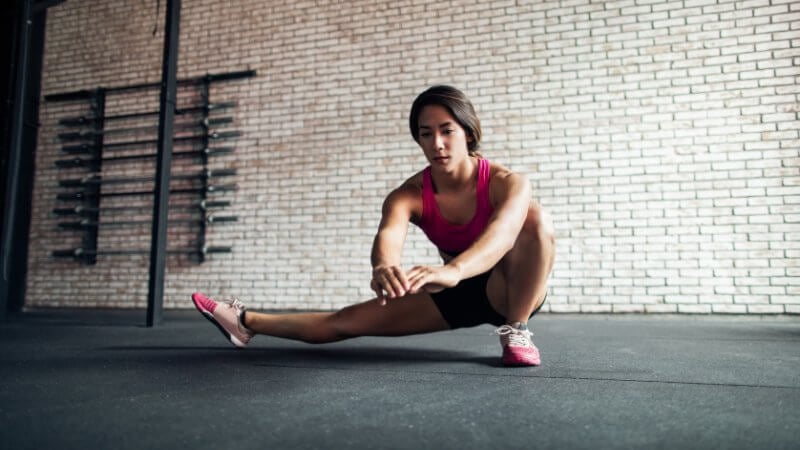
- Chair Assisted Squats: Great for beginners or those with limited mobility. Start with your feet shoulder-width apart, slowly lower yourself until your bottom touches the chair. Stand up from the chair with your arms extended in front of you. Push through your heels and squeeze your glutes.
- Doorframe Assisted Squats: Stand facing a doorframe/pole/table and hold onto the sides of the frame with your hands. You can do it with a fence, pole or the back of a chair as well. Lower your body down as deep as possible, keeping your weight on your heels and your knees in line with your toes. Push back up to the starting position.
- Squats: Stand with your feet shoulder-width apart, toes slightly turned out, and your core engaged. Keep your chest up, and lower your body down as deep as you can. Keep your arms extended in front of your body, your weight on your heels, and your knees in line with your toes. Push back up.
- Reverse Lunges: Stand with your feet shoulder-width apart, hands on your hips or by your sides. Take a step back with your right foot and lower your body down until your right knee is hovering just above the ground - not touching it. Push back up to the starting position and repeat with the left leg.
- Bulgarian Split Squats (once you’re able to do more than 15 reps unbroken add weight to increase resistance): Stand facing away from a bench or any elevated surface, with your left foot on top of the bench behind you. Lower your body down until your right knee is bent at a 90-degree angle. Push back up and repeat with the other leg.
- Goblet squats: It’s basically a weighted squat where you hold onto a weight plate or kettlebell. Hold the weight in a “praying” position close to your body in front of you. This exercise is great for strengthening the lower back and shoulders in addition to the leg muscles.
- Cossack Squats: Stand with your feet wider than shoulder-width apart, toes pointed forward. Shift your weight to one side and lower your body down by bending the knee of the side you are shifting towards. Keep your other leg straight. Push back up to the starting position and repeat on the other side.
- Shrimp Squats: It’s a version of a one-legged squat. Stand in the squat starting position and lower yourself with one of your legs behind you until your knee touches the ground. You can also hold your feet while doing this.
- Skater Squats: It’s similar to a shrimp squat but you can hold weight in front of you for added stability. Stand on your right foot, move your left leg slowly back while your left knees are bent. Lower your body down by bending your right knee until your left knee touches the ground. Push back up to the starting position and repeat with the other leg.
- Sissy squats: Stand with your feet shoulder-width apart. Start to lean backwards while balancing on the ball of your feet. Keep your abs, hamstrings and glutes engaged so your upper body is in one line with your thighs.
- Assisted Pistol Squats: Stand on your left foot, with your right foot extended out in front of you. Hold onto a sturdy object with your right hand for support. Lower your body down by bending your left knee and extending your right leg out in front of you - it’s ok if your legs aren’t straight. Push back up to the starting position and repeat with the right leg.
- Heel Elevated Pistol Squat: Stand on your left foot, with your heel elevated on a wedge, small weight plate, puck, anything. The rest is the same as the pistol squat.
- Pistol Squat (hold weight with straight arms in front of you): Stand on your left foot, with your right foot extended out in front of you. Hold a weight with both hands, straight out in front of you. It will add resistance and also increase your stability.
Hamstrings
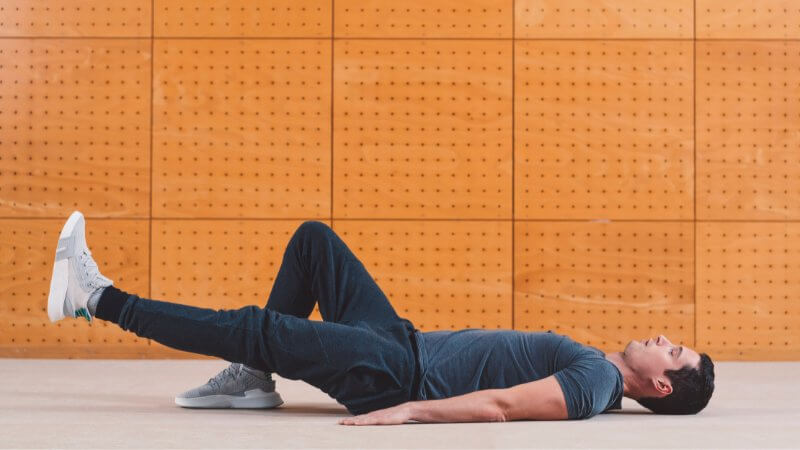
- Good mornings: Begin by standing with your feet hip-width apart and your hands behind your head. Keeping your back straight and core engaged, slowly hinge at your hips and lower your torso until it's parallel to the ground. Keep your knees slightly bent and your weight in your heels. Return to the starting position by using your glutes and hamstrings to drive your hips forward.
- Inchworm: Start in a standing position with your feet hip-width apart. Slowly bend forward at the waist and place your hands on the ground in front of you. Walk your hands forward until you're in a plank position, then walk your feet forward until your hands and feet are close to each other. Reverse the movement and walk your hands back to your feet, standing up at the end of the movement.
- Single leg Romanian deadlift: Begin by standing with your feet hip-width apart and your weight on one foot. Keeping your core engaged, hinge at the hips and lift your other leg off the ground behind you. Lower your torso until it's parallel to the ground while keeping your back straight and your lifted leg straight. Return to the starting position by squeezing your glutes and driving your hips forward.
- Towel leg curl: Start by lying on your back with your feet on a towel placed on a smooth surface. Lift your hips off the ground and extend your legs. Pull your heels in toward your glutes using the towel, keeping your hips lifted throughout the movement. Pause briefly at the top of the movement, then slowly release and straighten your legs back to the starting position.
- Glute bridge: Lie on your back with your knees bent and your feet flat on the ground. Engage your core and glutes, and lift your hips off the ground until your body forms a straight line from your shoulders to your knees. Pause briefly at the top of the movement.
- Single leg glute bridge: Essentially the same as the glute bridge but you lift one leg off the ground and keep it extended throughout the movement. Keep your core and glutes engaged. Lift your hips off the ground until your body forms a straight line from your shoulders to your knee.
- Heel elevated glute bridge: Start by lying on your back with your heels resting on an elevated surface, such as a bench. The rest is the same as the standard glute bridge.
- Nordic curl: Start by kneeling on the ground with your feet secured either under a bench or by someone holding them down. Slowly lean forward and lower your body to the ground, using your hamstrings to control the movement. You can use your arms to push yourself back up.
Calves
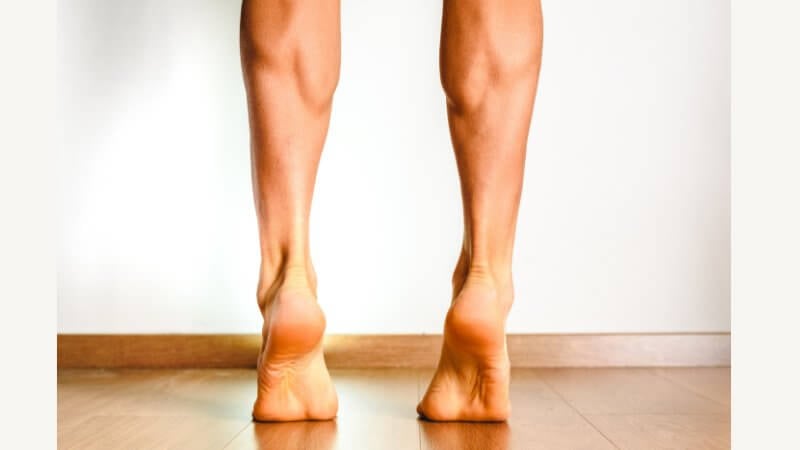
- Calf raises: Stand with your feet shoulder-width apart, and raise your heels off the ground as high as possible. Ideally you put the ball of your feet on an elevated surface to maximize ROM. Hold the top position for a second or two, and then lower your heels back to the ground.
- Single leg calf raises: Stand on one foot with your other foot raised off the ground. Raise your heel off the ground as high as possible, hold for a second, and then lower your heel back to the ground. For maximum muscle engagement and ROM use an elevated surface. You can perform this exercise using your bodyweight only, or you can add weight by holding a dumbbell or wearing a backpack filled with water bottles.
- Donkey calf raises: Place your toes on a raised surface, such as a step or a block, and stand with your heels hanging off the edge. Have a partner sit on your lower back or hang a plate from your lower back using a weight belt. Raise your heels as high as possible, hold for a second, and then lower your heels back down.
- Squatted calf raises: To perform squatted calf raises, stand with your feet shoulder-width apart and lower into a squat position. Keep your heels on the ground and raise your toes as high as possible. Feel free to grab onto something like a doorframe or pole to stabilize yourself. Hold the top position for a second before lowering your heels.
- Jump squat: Start in a squat position with your feet shoulder-width apart. Lower your body into a squat, and then jump up explosively, pushing off the ground with your feet. Land softly back into a squat position.
- Jump rope: Keep your feet close together and your elbows next to your body. As you become more skilled, you can try different variations, such as jumping on one foot or performing double unders.
You can just google the exercise to find out how to perform the movements step-by-step. If there is interest we can also add a short video or pictures ourselves. Let us know in the comments!

